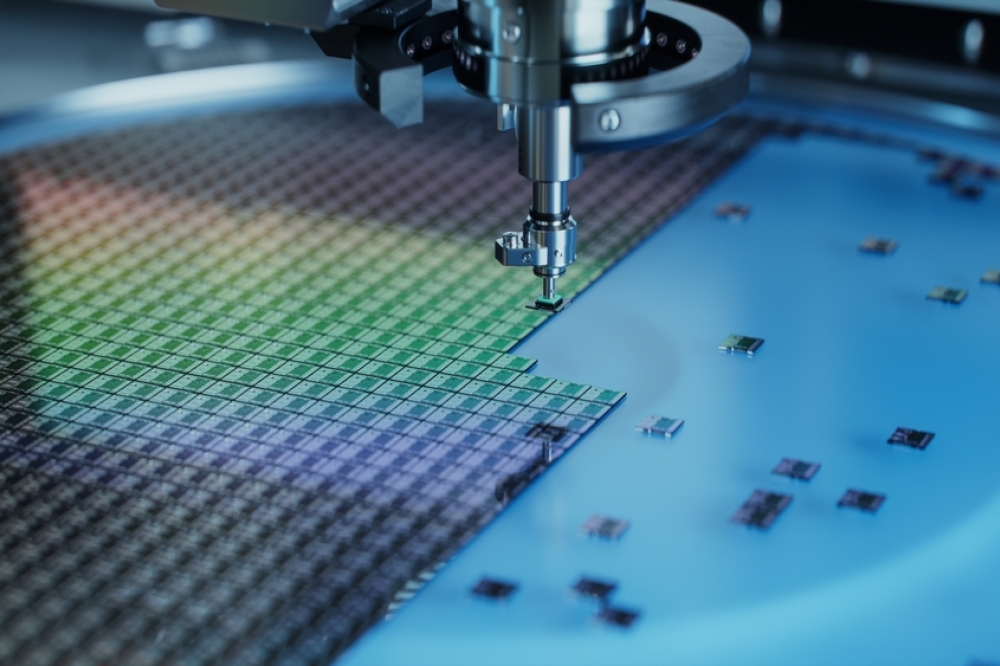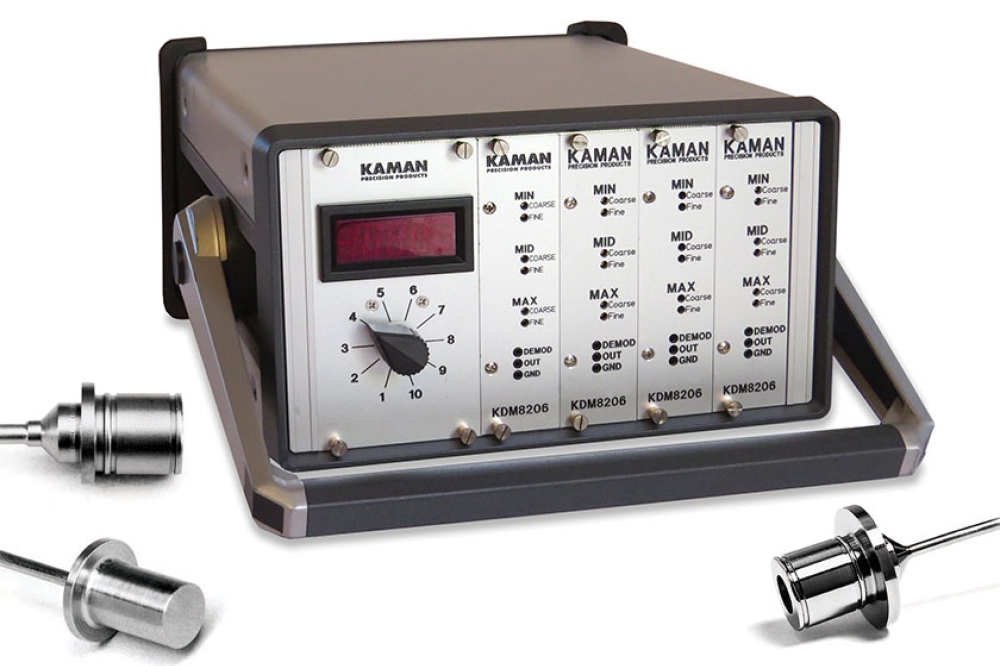Imec pioneers low-power UWB receiver chip

10x more resilient against Wi-Fi and (beyond) 5G interference.
At the recent IEEE International Solid-State Circuits Conference (IEEE ISSCC2024), imec presented a low-power ultra-wideband (UWB) receiver chip that is ten times more resilient against interference from Wi-Fi and (beyond) 5G signals than existing, state-of-the-art UWB devices. Imec’s breakthrough chip is a major step forward in developing and deploying next-generation UWB applications, which are becoming increasingly safety-critical. Think of child presence detection systems in the automotive sector, where reliability and assured availability are paramount, or manufacturing environments, where UWB’s precise localization capabilities could ensure the safety of human workers operating near robotic arms, AGVs, and other automated machinery.
In the coming months and years, the spectrum allocated for ultra-wideband communications (typically spanning the 6 to 10GHz frequency range) will face increasing competition from other wireless technologies that eye the same frequencies to extend their reach. The recent approval of Wi-Fi 6e, for instance, positions it to operate in the 5.925 to 7.125GHz band. And (beyond) 5G technologies are also expanding into the upper 6GHz band – given that their existing frequency ranges risk running out of steam.
For the UWB industry, this requires proactive measures, especially as UWB technology moves beyond (traditional) secure keyless entry applications to safety-critical automotive and industrial automation functions. In other words, there is a growing need for solutions that allow UWB and other wireless technologies to coexist seamlessly in the same frequency bands.
Imec’s new IR-UWB receiver: -13dBm blocker resilience, and 7.6mW power consumption
Imec's new impulse radio (IR) UWB receiver chip – implemented in a 22nm FDSOI process, and with a compact active area of 0.32mm² – stands out as a pioneering solution to avoid interference between UWB and other wireless signals.
To enhance the receiver’s blocking performance, a transformer-coupled bandpass filter (BPF) is integrated into the complementary common gate (CCG) stage of the UWB low-noise amplifier (LNA) front-end. As such, imec’s receiver exhibits an exceptional -13dBm blocker resilience, making it ten times more resilient against Wi-Fi and (beyond) 5G interference compared to existing solutions.
Moreover, several circuit design optimizations enable the receiver to achieve its outstanding interference resilience at the lowest power consumption (7.6mW). This efficiency allows the receiver analog front-end (AFE) to operate ten times longer on the same (battery) power compared to current IEEE 802.15.4a/z compatible UWB devices, and twice as long as described in recent research papers.
The use of bandpass filters is a widely accepted method for dealing with unwanted signals, such as Wi-Fi, before they enter the receiver. However, imec’s patented implementation to reduce intermodulation distortion significantly increases the receiver's robustness at low power and low supply design.
“To foster its industrial adoption, our UWB receiver not only complies with the existing IEEE 802.15.4z standard; it is also ready to support the upcoming IEEE.802.15.4ab standard. We believe this research, and the underlying collaboration in high-impact industrial ecosystems, are critical steps to enable future wireless technologies to coexist seamlessly across various use cases,” said Christian Bachmann, program director of wireless sensing at imec.
Imec works with industrial partners across the UWB ecosystem through R&D partnerships and IP licensing. Looking ahead, imec is committed to remain at the forefront of UWB innovation. To this end, imec enthusiastically invites companies to join its UWB R&D program and extensive partner network.

































